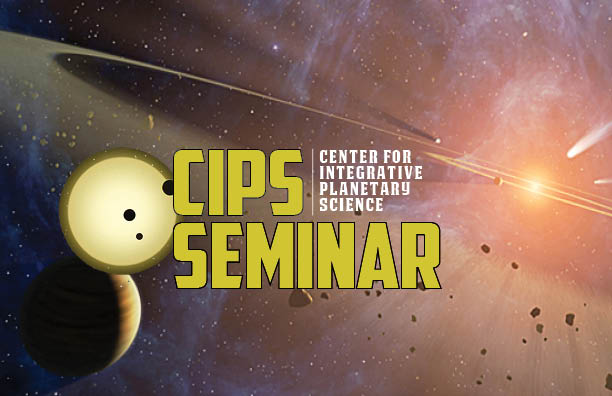The KELT Transit Survey: Hot Planets around Hot, Bright Stars
Wed, October 14, 2015

The KELT Transit Survey consists of a pair of small-aperture, wide-angle automated telescope located at Winer Observatory in Sonoita, Arizona and the South African Astronomical Observatory (SAAO) in Sutherland, South Africa. Together, they are surveying roughly 60% of the sky for transiting planets. By virtue of their small apertures (42 mm) and large fields-of-view (26 degrees x 26 degrees), KELT is most sensitive to hot Jupiters transiting relatively bright (V~8-10), and thus relatively hot stars. Roughly half of the dwarf stars targeted by KELT are hotter than 6250K; such stars pose novel challenges, but also provide unique opportunities. I will present the first transiting substellar companions discovered by KELT, focusing in detail on a few particularly interesting systems. I will discuss our plans for determining the frequency and demographics of short-period companions to hot stars from KELT; comparison with similar results for cooler stars may provide important constraints on theories of the emplacement and tidal evolution of low-mass stellar companions. Finally, I will speculate on how the lessons learned from KELT may inform the target selection and survey strategies for the TESS mission, and show how Gaia parallaxes of transiting planets and low-mass companions discovered by KELT, TESS, and other transit surveys will allow direct, accurate measurements of the masses and radii of thousands of stars and their low-mass companions.
